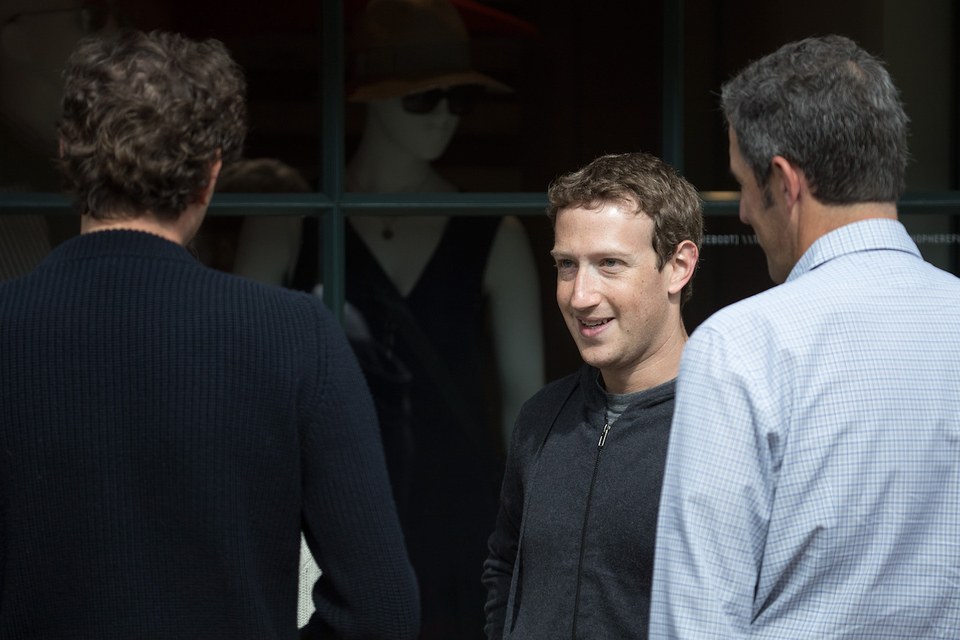Facebook Casually Considers Annihilating The Digital Media Industry


In the world of online media, Mark Zuckerberg is a capricious king, able to boost or sink a publisher with a small tweak of Facebook’s code. While news companies have slowly learned not to rely on the social network for traffic, nearly half of Americans still get some news from Facebook, making it by far the single most important digital media platform. But as pressure mounts on Zuckerberg to place more controls on the kind of news content users see, Facebook is reportedly considering more far-reaching changes to its content strategy in what could represent a seismic shift in the publishing world.
It’s hard to overstate the dominance of Facebook, which is responsible for about 40 percent of all referral traffic to editorial content online. Historically, there has been no need for publishers to pay to promote that content because it tends to spread organically; publishers like BuzzFeed’s Tasty have grown simply by distributing viral videos using the site’s News Feed. But that may change soon—according to a Guardian report, Facebook is testing a “major change” that would make news stories harder to find—unless publishers pay up.
Last week, Facebook launched a secondary news feed called Explore, which features posts from Facebook Pages that users don’t follow. (Facebook Pages are profiles for businesses, media organizations, public figures, and other groups.) This is different from News Feed, the primary feed where users are shown posts from Pages they follow, and from their friends. In six markets, The Guardian reports, Facebook is running a test wherein it removes all posts published on Facebook Pages from the main News Feed, integrating them into the “Explore” feed instead. Now, users’ main News Feed is only for posts from friends, advertisements, and posts that groups running Facebook Pages pay to promote. In other words, in markets where the test is active, Facebook is no longer a free playing field for digital publishers.
Currently, the test is active for users in Sri Lanka, Bolivia, Slovakia, Serbia, Guatemala, and Cambodia—a number of post-conflict countries that would ostensibly stand to benefit from independent journalism. Slovakian journalist Filip Struhárik first wrote about the effects of the test on Monday. “Consequences?” he wrote. “Pages are seeing dramatic drops in organic reach. Reach of several asked Facebook pages fell on Thursday and Friday by two-thirds compared to previous days. Sixty biggest Slovak media pages have four times fewer interactions (likes, comments, shares) since the test. It looks like the effect in Guatemala and Cambodia is the same.”
Facebook says it has no plans to roll out the test globally. But the metrics the tech giant is eyeing are telling: Facebook isn’t looking at whether the changes make for a better informed or more engaged citizenry but at whether they keep users on the platform longer. “The goal of this test is to understand if people prefer to have separate places for personal and public content,” Facebook’s head of News Feed, Adam Mosseri, said in a blog post. “We will hear what people say about the experience to understand if it’s an idea worth pursuing any further.”
De-emphasizing its news product could be a strategic move at a time when Facebook is facing mounting scrutiny for its power as a media hub—a power it mismanaged spectacularly during the 2016 election, and which it has since been forced to acknowledge publicly. In the face of looming regulatory threats from Capitol Hill, the test could give Facebook leeway to claim it isn’t the information gatekeeper that lawmakers fear. By moving the goalposts so that it’s not considered as much of a media company, it could avoid being regulated like one.
Source: Vanity Fair Hive










